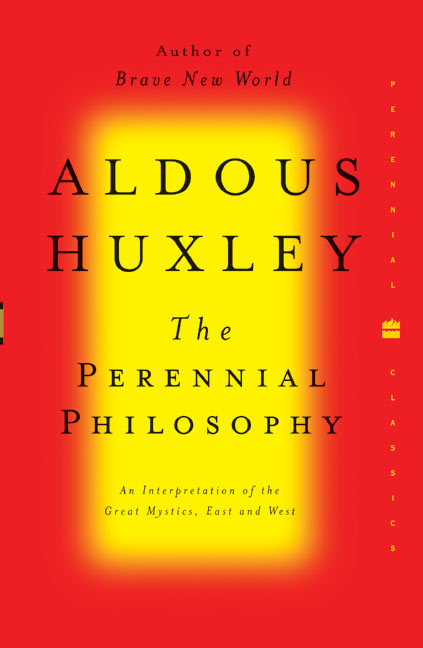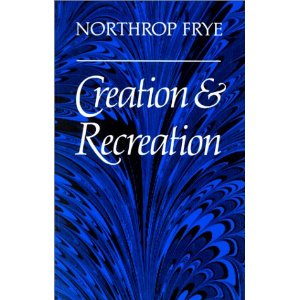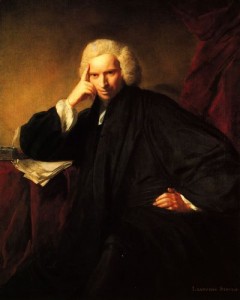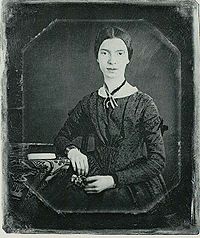httpv://www.youtube.com/watch?v=dj1BuNmhjAY
An interview with Derrida on love and being. (This video cannot be embedded; click on the image, and then hit the YouTube link that appears.)
Today is Derrida‘s birthday (1930 – 2004). Here is a selection of Frye’s references to Derrida in various interviews. (Imre Salusinszky’s interview with Derrida in Criticism in Society here.)
In a 1979 interview, “The Critical Path”:
Herman-Sekulic: What, in your opinion, are the major trends in the theory of literature today? In what direction is literary criticism heading now?
Frye: I think that the word “direction” is over-optimistic. I think there is a good deal of mining and blowing up being done, and that after the dust settles the context of a foundation may become visible. I think Lacan’s conception of the subconscious as linguistically structured is worth following up; so is Derrida’s conception of metaphysical presence; and there are many things that interest me in the work of the new Marxist critics who have got away from the old notion that ideology is something that only non-Marxists have. But I am not capable of making a unifying theory out of this mess, and I doubt if anyone else is either. (CW 24, 481)
In a 1985 interview, “Criticism in Society”:
Salusinszky: If Bloom has, to some extent, challenged the Christian direction of English literary studies, it is Derrida who has challenged the persistent Platonism that one can also see running through English literary studies. Criticism has always tended to think of any great literary work as possessing unity, with some sort of closure, and as being, in some sense seminal. Now Derrida seems to have opened up a whole range of new possibilities, where instead of closure and insemination he has his concepts of dissemination, of trace, of displacement. Derrida, however, is a philosopher, and I wonder if you regard his present influence as merely one of those enclosure movements which you describe in the Anatomy, as coming from outside and wanting to take it over.
Frye: It certainly seems to be the way his influence has operated, yes, but I don’t think it’s entirely fair to Derrida that it has operated that way. I think he’s genuinely interested in opening up, as you’ve just said, new possibilities in criticism. The thing is that I don’t see why the sense of an ending and the sense of wholeness and unity, and the kinds of things he’s talking about, should be mutually exclusive. I don’t see why you have to have an either / or situation. It’s like those optical puzzles you look at, which change their relationship when you’re looking at them. (CW 24, 756-7)
In a 1986 interview, “On the Media”:
Interviewer: What about McLuhan’s distinction between the visual and aural societies?
Frye: It’s very difficult to avoid metaphors. If, for example, you’re reading something, you frequently use metaphors of the ear. And that’s what critics like Jacques Derrida are attacking: the convention that somebody is speaking, But, still, when you’re following a narrative, you are in a sense listening. And then at the end you get a sort of Gestalt: you “see” what it means. When somebody tells a joke, he leads in by saying, “Have you heard this one?” and then, if he’s lucky, by the end you see what he means. But these are just metaphors. The hearing is something associated with sequence and time; the seeing is something associated with the simultaneous and the spatial. (CW 24, 768)
In a 1987 interview, “Frye, Literary Critic”:
Innocenti: Some new trends in criticism, such as deconstruction, deny that we can reach the meaning of a literary work or even that there is a meaning. All efforts to interpret are ways to proliferate structures and senses in an infinite chain of nuances and differences. In my opinion, this sceptical position reduces all criticism to a solipsistic and narcissistic exercise. In your opinion, do literature and criticism possess a sense that might be saved from nihilism?
Frye: The deconstructionists will have to speak for themselves, but I think the “anything goes” stage is headed for the dustbin already. Derrida himself has a “construal” basis of interpretation that he starts from, and I think his followers will soon discover that there is a finite number of “supplements” that can be based on that. In another decade they should have rediscovered the polysemous scheme of Dante, or something very like it. (CW 24, 827-8)




